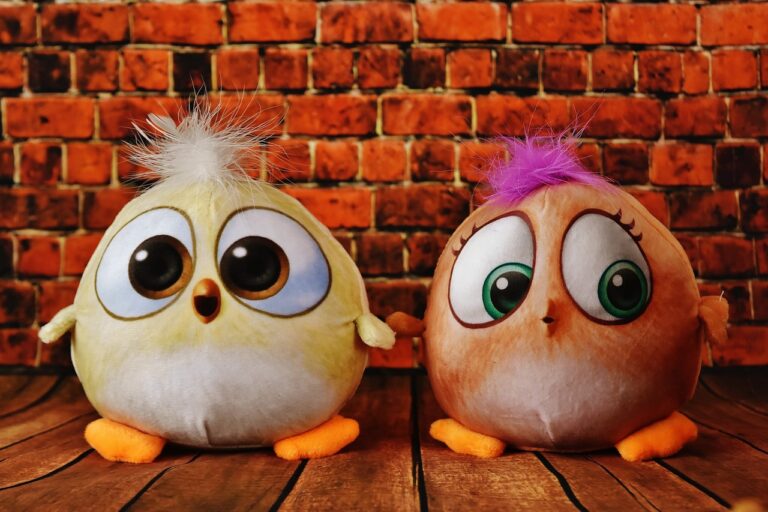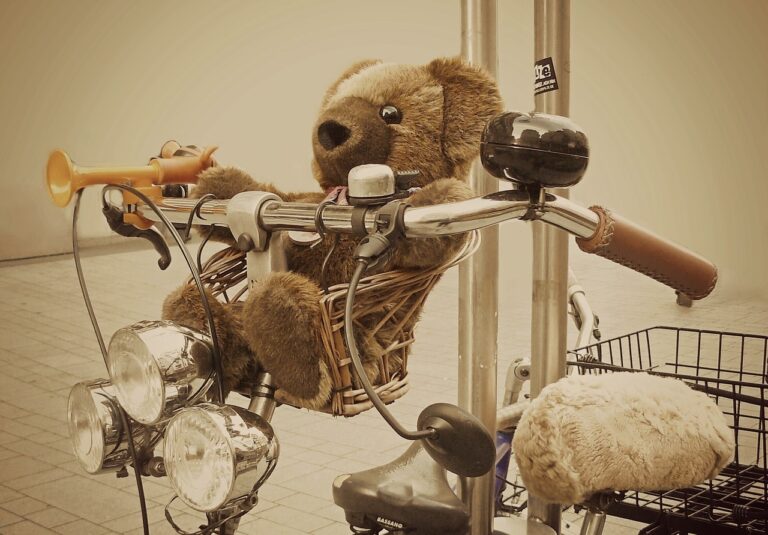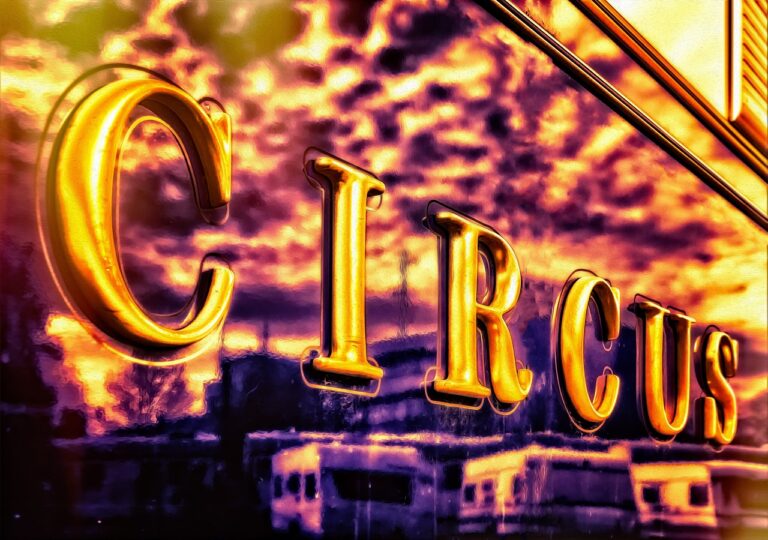Cultural Significance of Traditional Costumes in Global Entertainment: All panel login mahadev book, Lotus bhai.com, Laser book 247 com registration
all panel login mahadev book, lotus bhai.com, laser book 247 com registration: Cultural significance of traditional costumes in global entertainment
In today’s world of globalized entertainment, traditional costumes play a vital role in representing diverse cultures to audiences worldwide. From the colorful attire of Indian dancers to the intricate designs of Japanese kimonos, traditional costumes are not just clothing but symbols of heritage and identity. Let’s delve deeper into the cultural significance of traditional costumes in global entertainment.
Preservation of heritage
Traditional costumes serve as a means of preserving cultural heritage and passing down traditions from one generation to another. Through dance performances, theater productions, and music videos, traditional costumes allow cultures to showcase their unique identities and histories. By wearing these costumes, performers pay homage to their ancestors and keep their traditions alive.
Symbol of identity
Traditional costumes are more than just garments; they are symbols of identity. They reflect the values, beliefs, and customs of a particular culture. When performers don their traditional attire on stage or on screen, they are not just showcasing their clothing but also their roots and heritage. In a world that is increasingly becoming homogenized, traditional costumes serve as a powerful reminder of the diversity and richness of our world’s cultures.
Celebration of diversity
Global entertainment platforms provide an opportunity for different cultures to come together and celebrate their diversity. Traditional costumes play a key role in these celebrations by representing various ethnic groups, regions, and communities. Through fashion shows, festivals, and cultural events, traditional costumes help showcase the beauty and diversity of our world’s cultures, fostering mutual understanding and respect among different communities.
Incorporation into modern fashion
Traditional costumes have also found their way into modern fashion, as designers draw inspiration from traditional garments to create contemporary clothing lines. By incorporating elements of traditional costumes into their designs, fashion designers celebrate cultural diversity and promote cross-cultural exchange. This fusion of traditional and modern fashion not only breathes new life into traditional costumes but also makes them more accessible and appealing to a global audience.
Promotion of tourism
Traditional costumes serve as a powerful marketing tool for promoting tourism and attracting visitors to different regions of the world. Cultural events, parades, and performances that feature traditional costumes are popular tourist attractions, drawing visitors from around the globe. By showcasing traditional costumes in a dynamic and engaging way, countries can showcase their cultural heritage and attract tourists interested in experiencing their unique traditions firsthand.
In conclusion, traditional costumes play a significant role in global entertainment by preserving heritage, symbolizing identity, celebrating diversity, inspiring modern fashion, and promoting tourism. By showcasing traditional costumes on global platforms, cultures can share their stories and traditions with audiences worldwide, fostering greater understanding and appreciation of our world’s diverse cultural heritage.
FAQs
Q: Are traditional costumes only worn for entertainment purposes?
A: Traditional costumes are often worn for cultural festivals, ceremonies, and celebrations in addition to entertainment purposes.
Q: How can I learn more about traditional costumes from different cultures?
A: You can explore museums, cultural institutions, and online resources to learn more about traditional costumes from around the world.
Q: Are traditional costumes still relevant in today’s globalized world?
A: Yes, traditional costumes continue to play a significant role in representing cultural identity and heritage in global entertainment and beyond.







